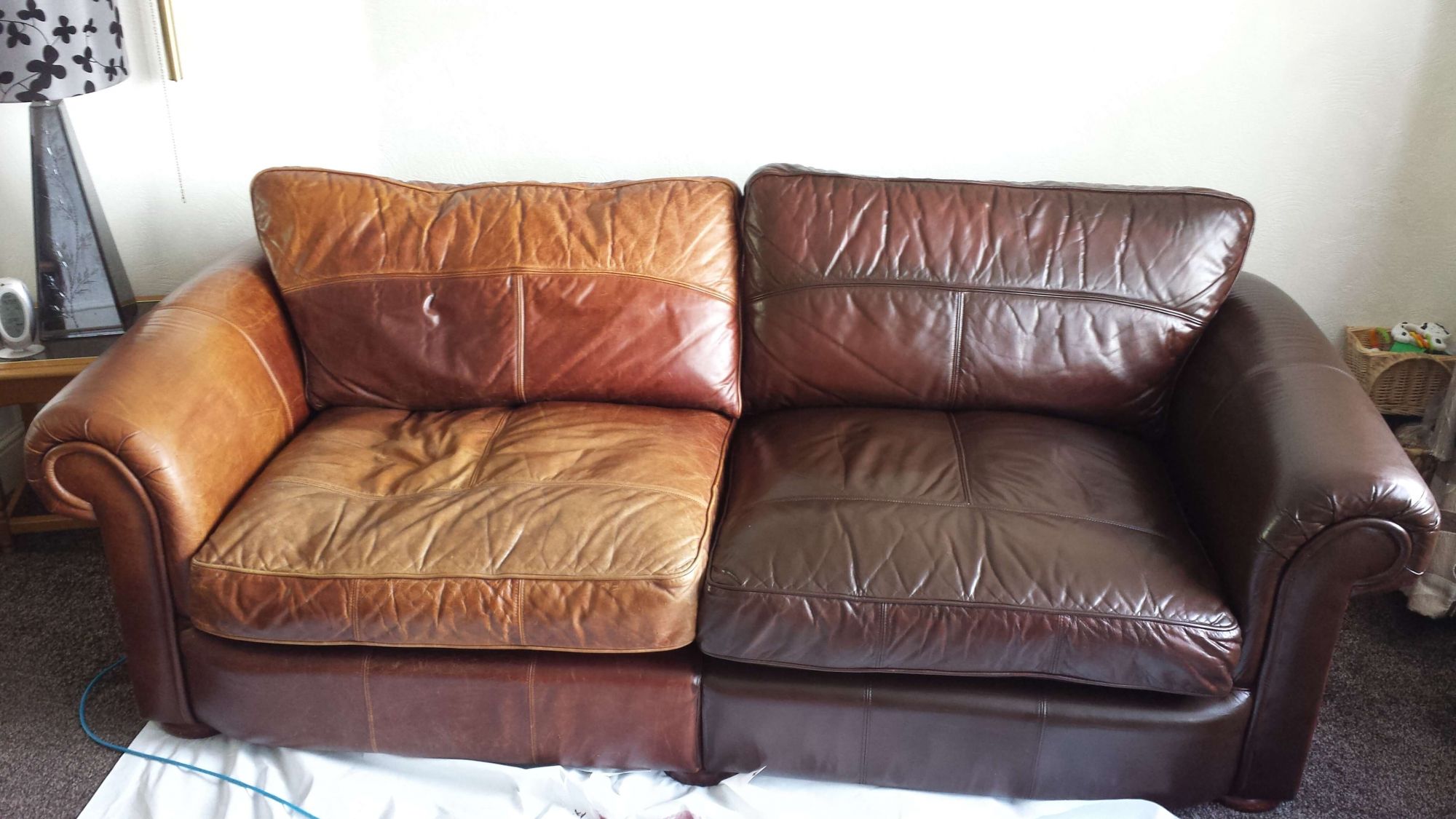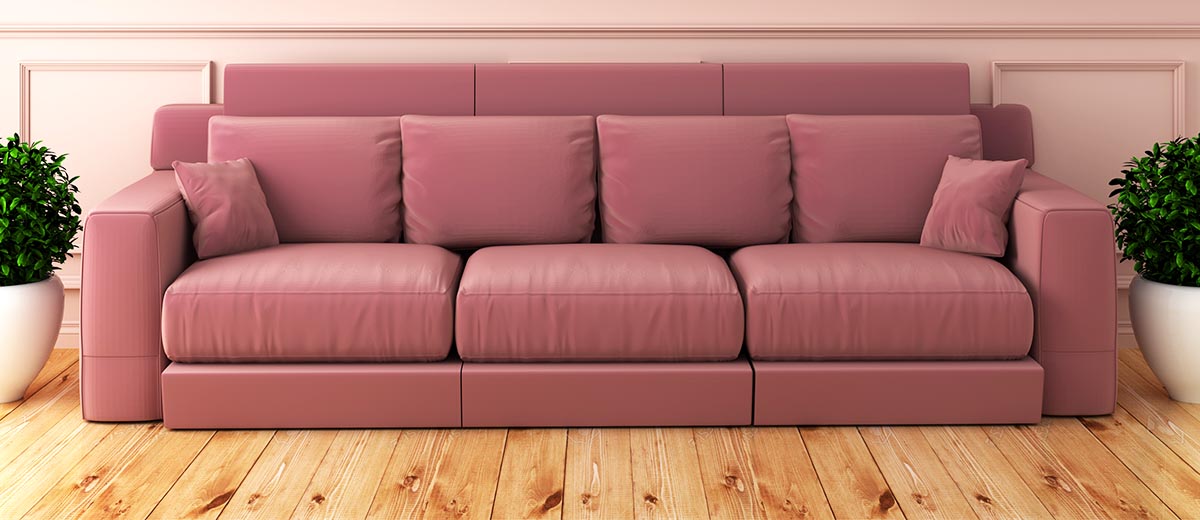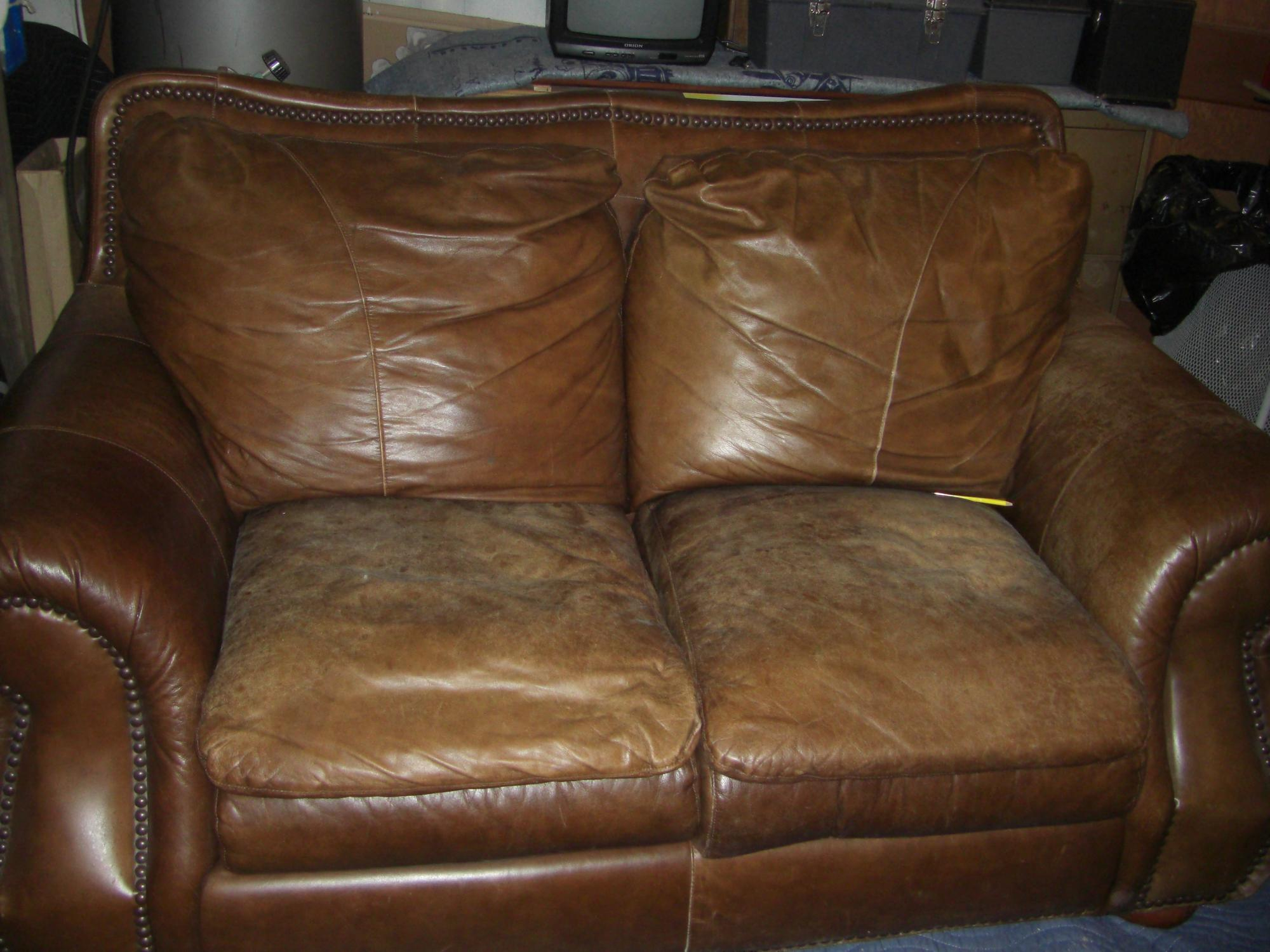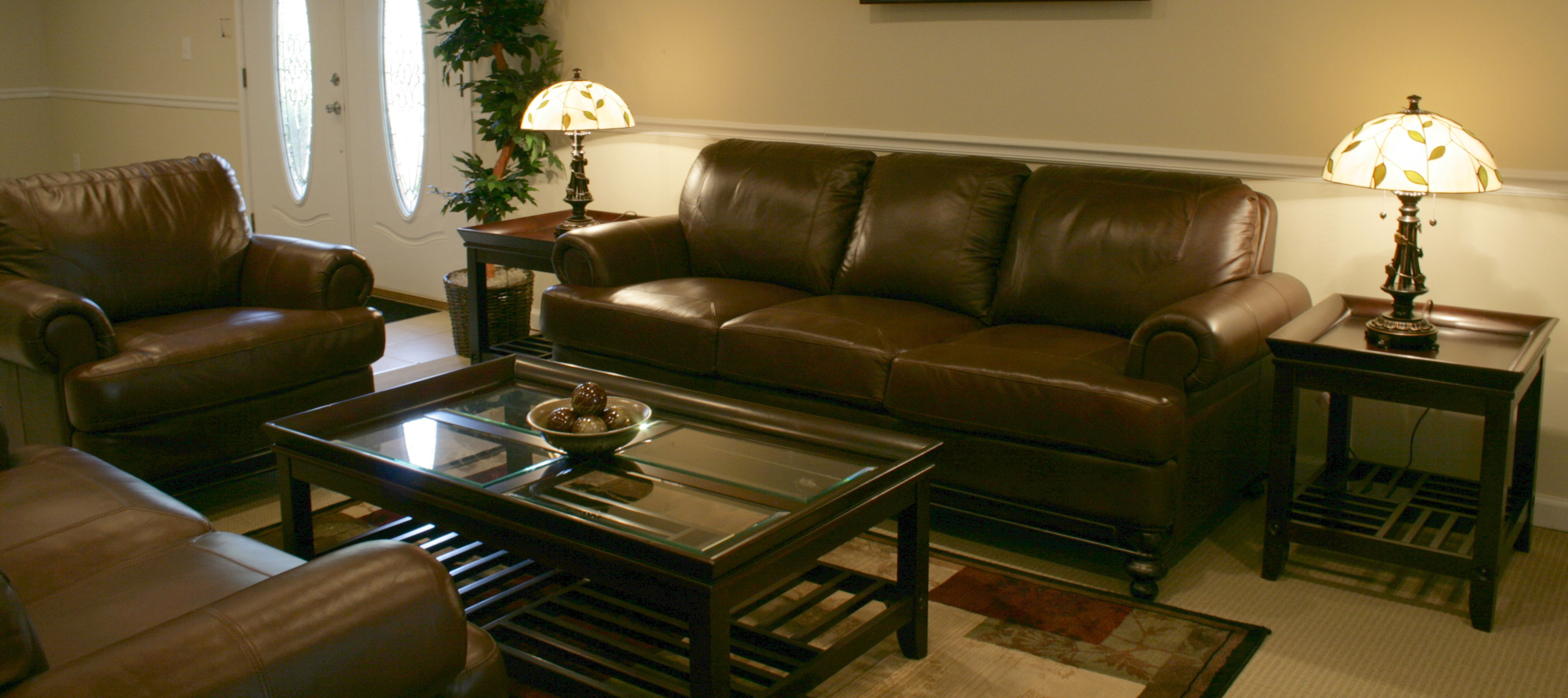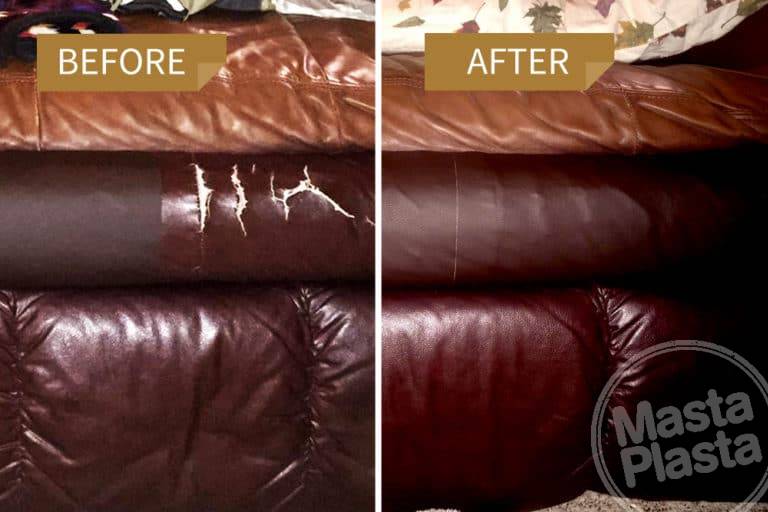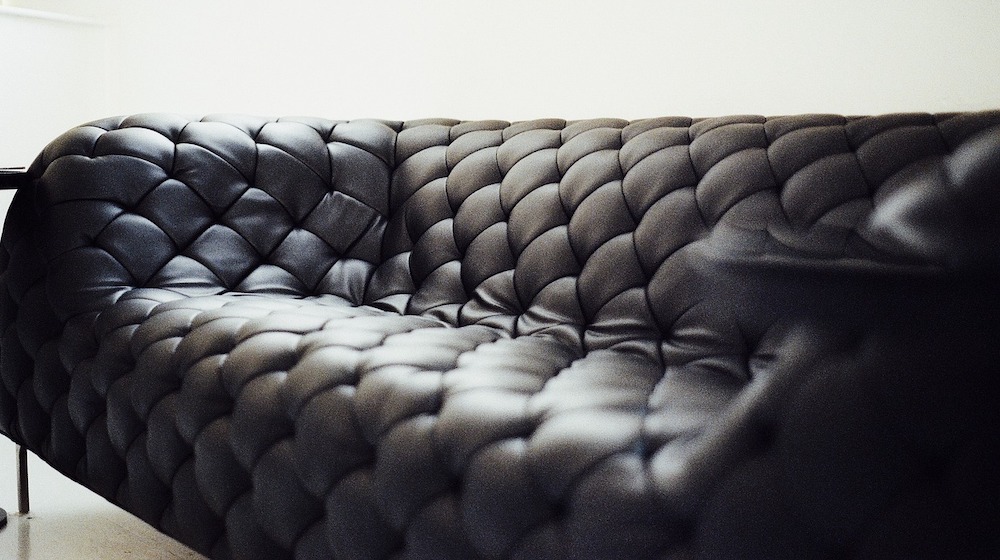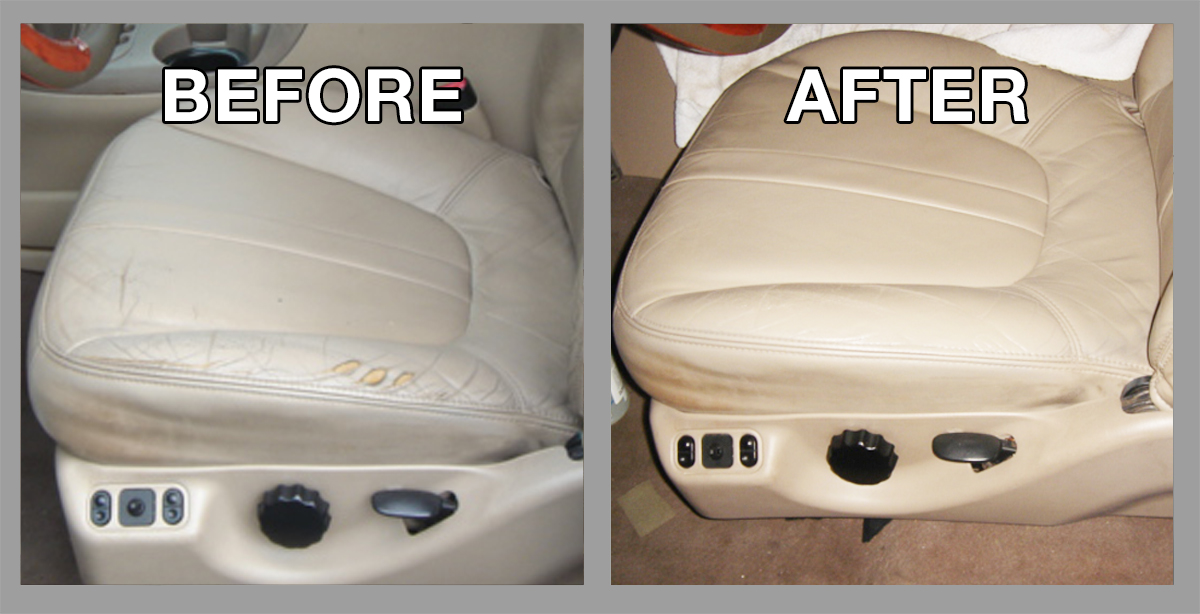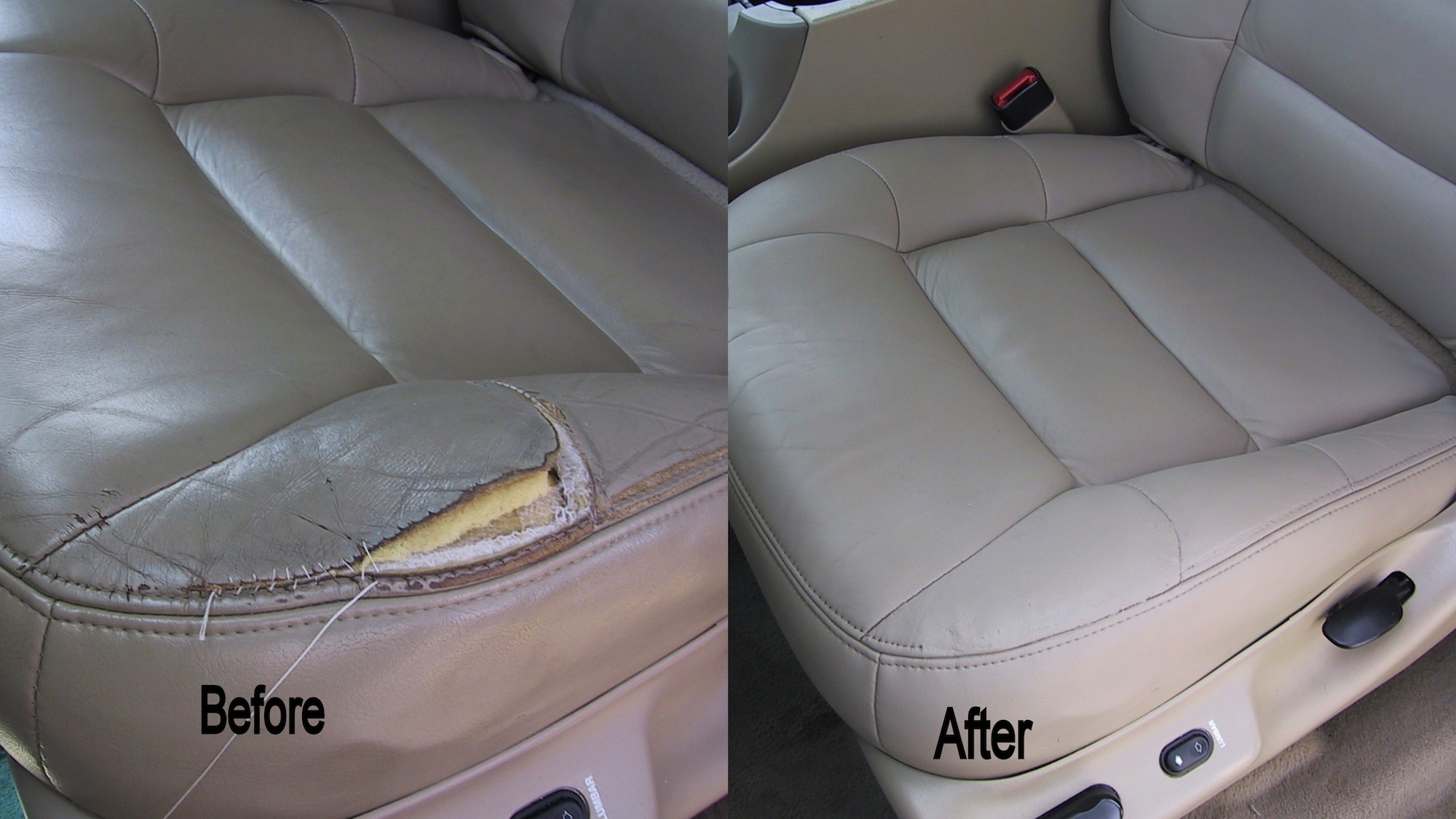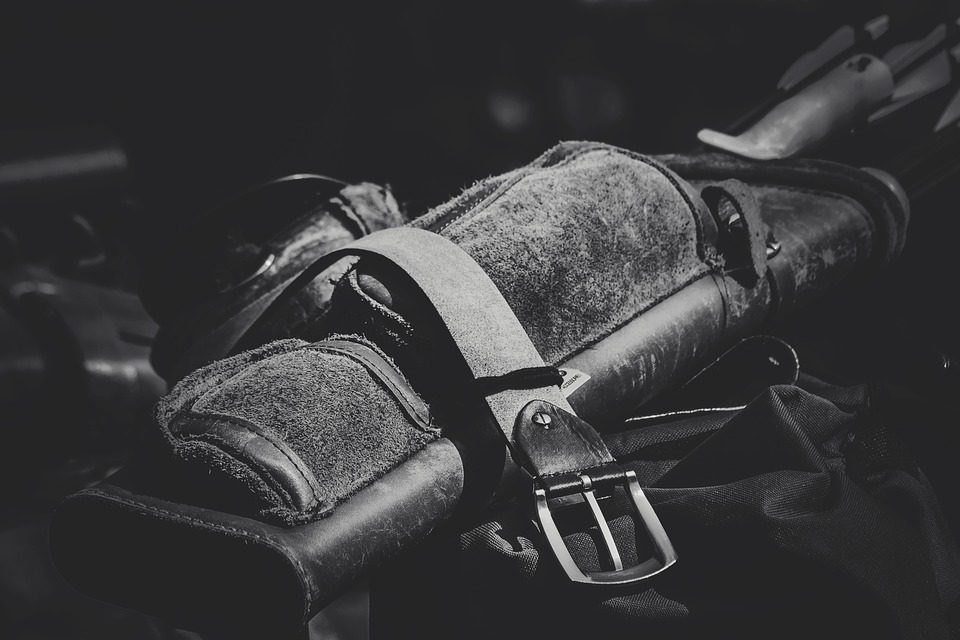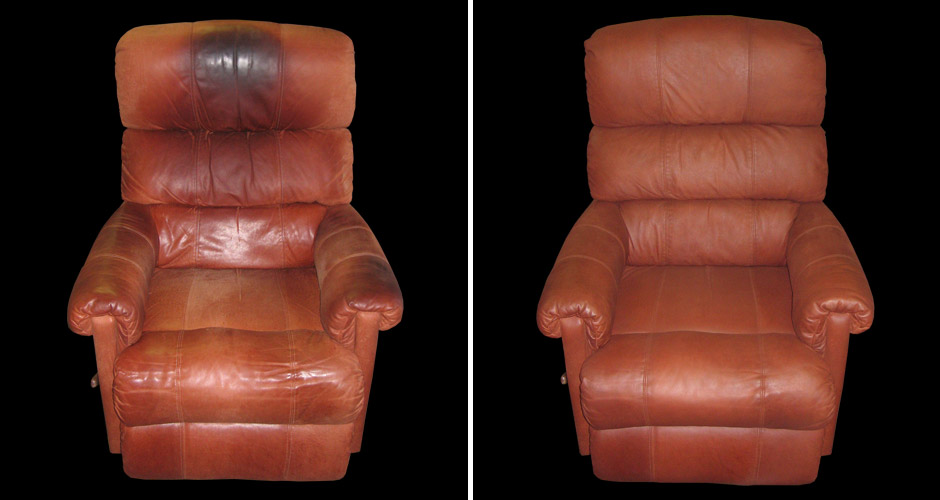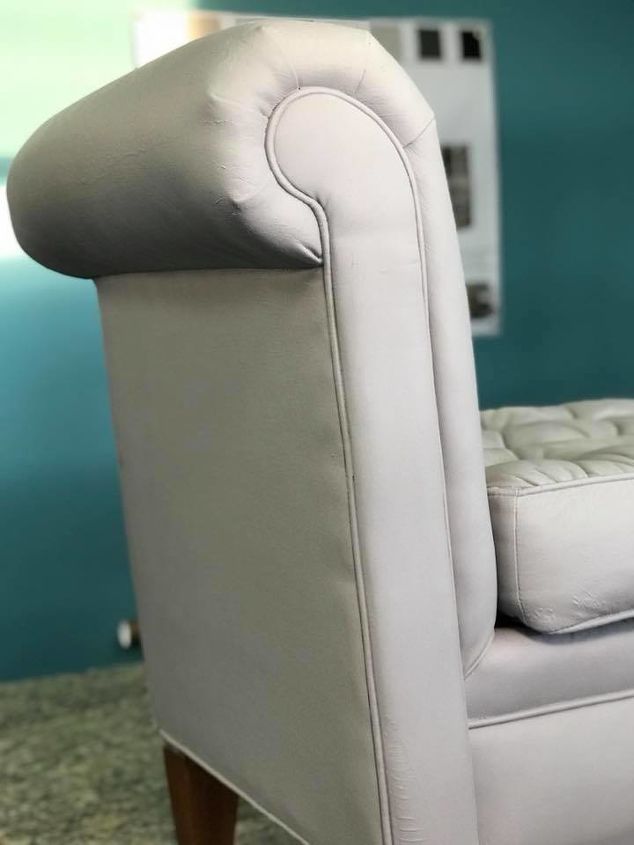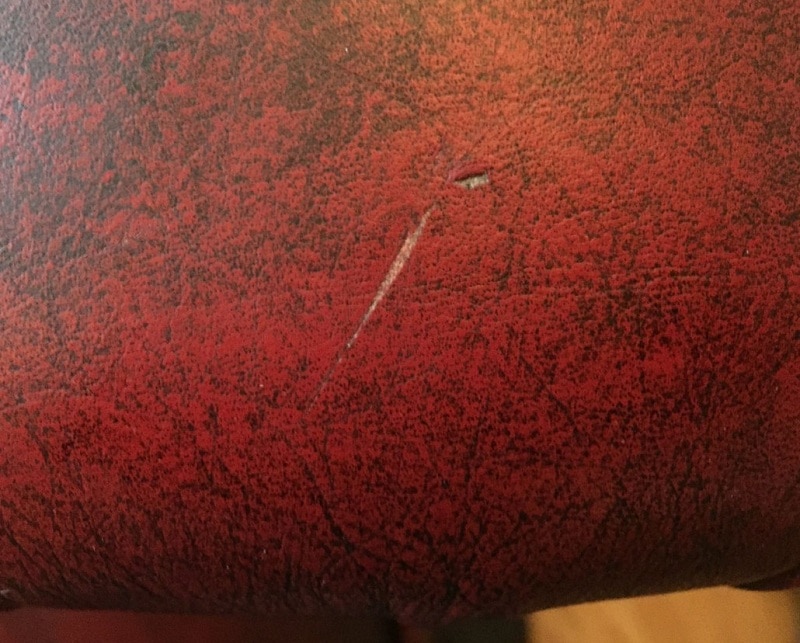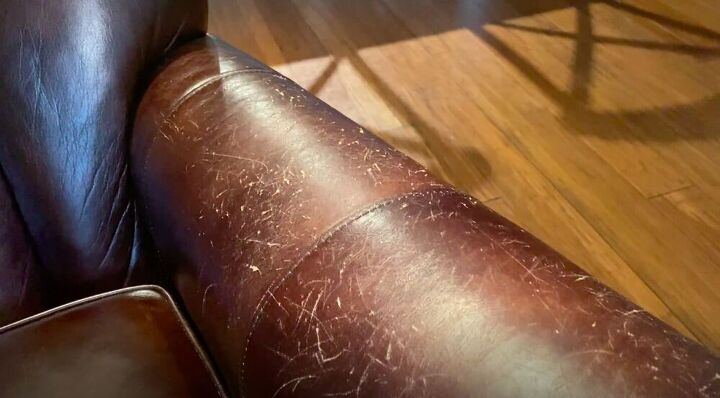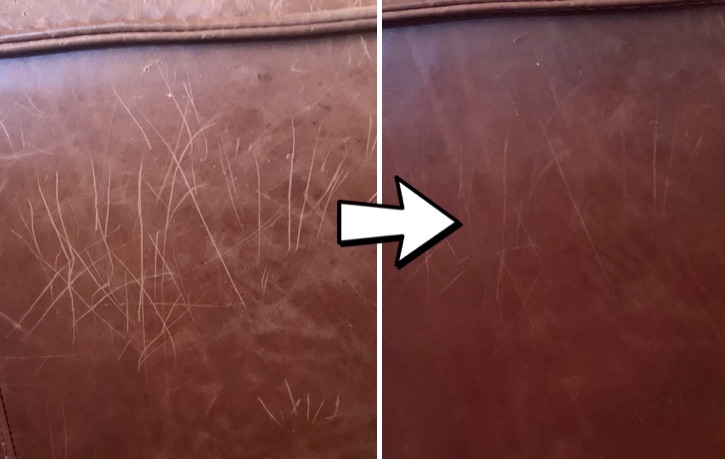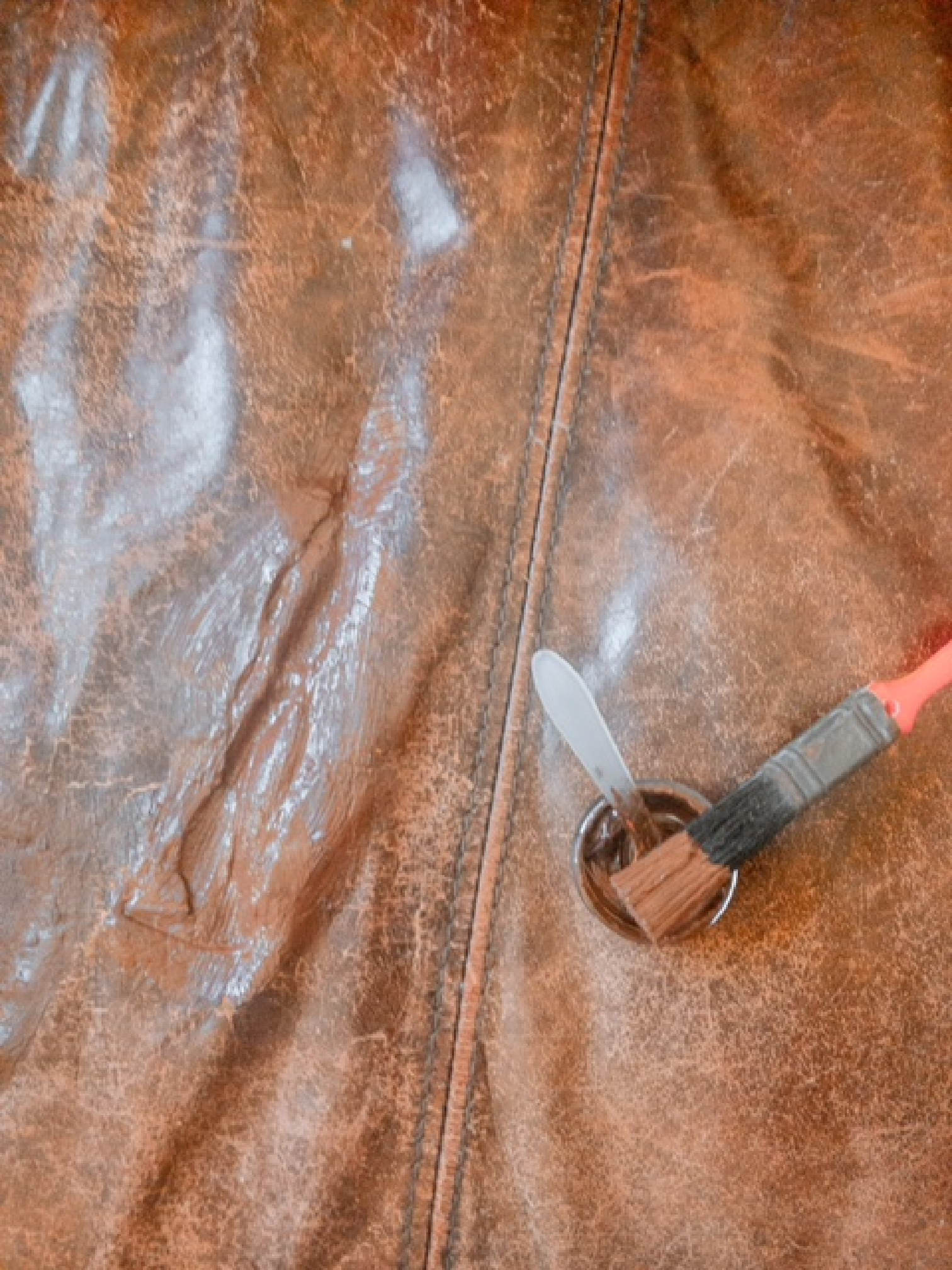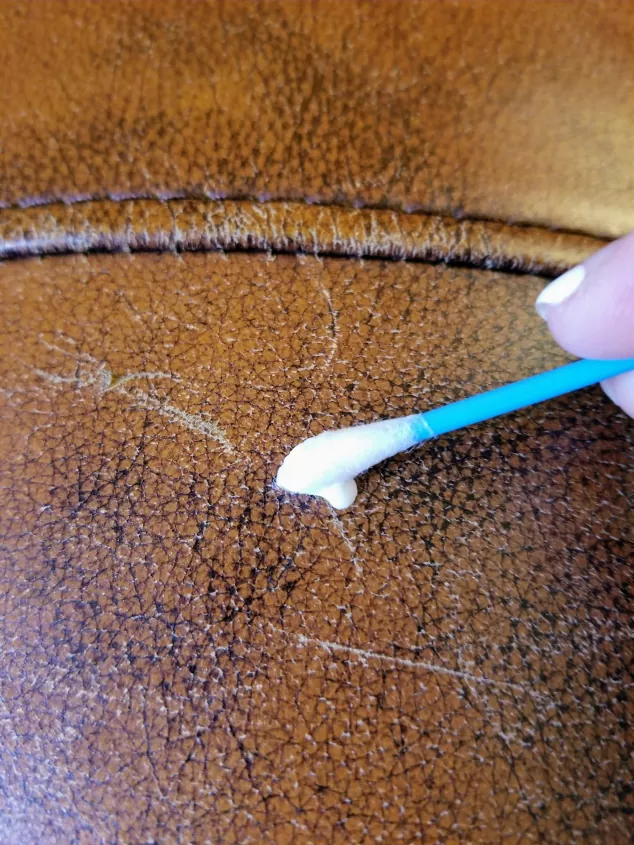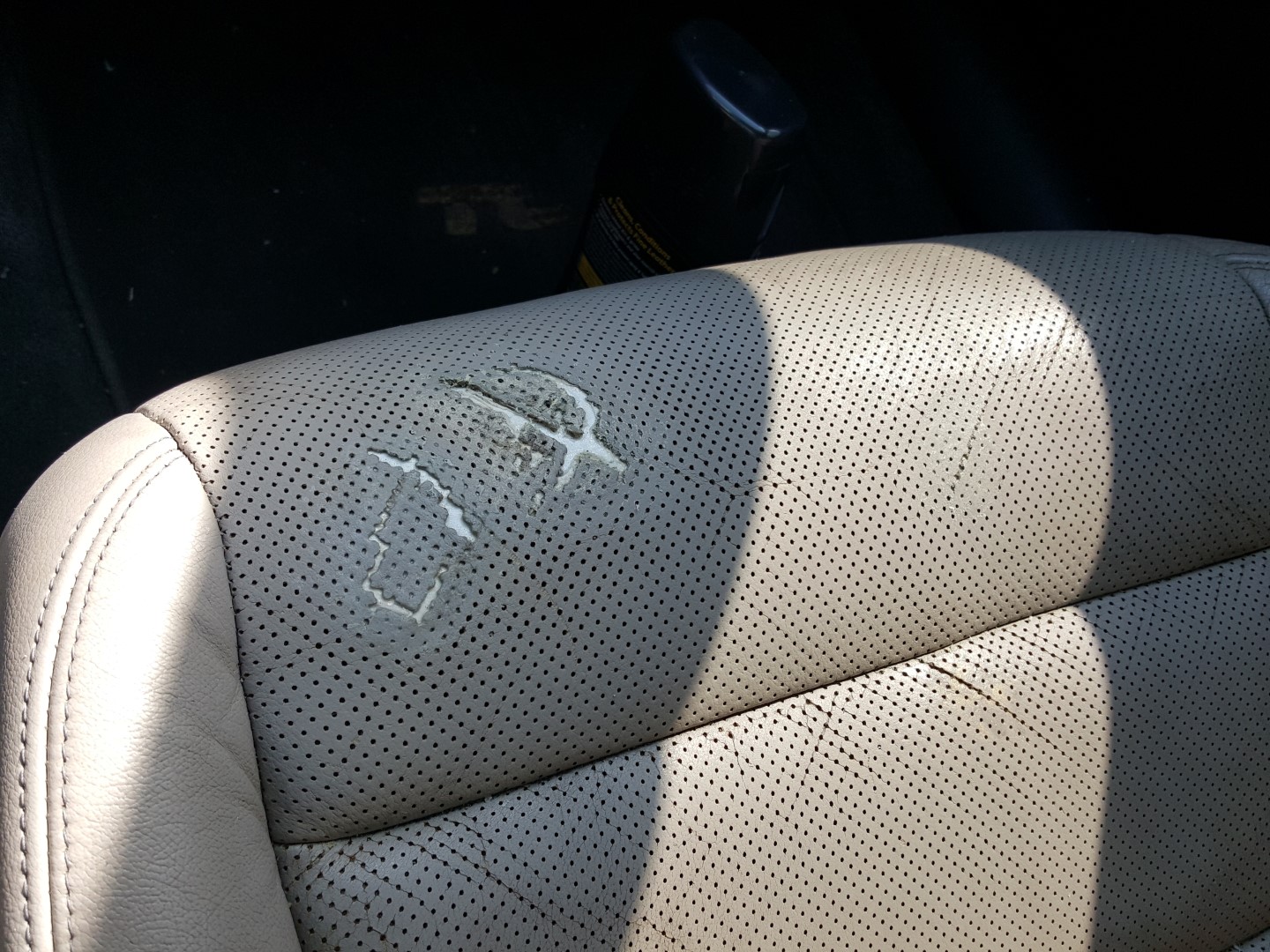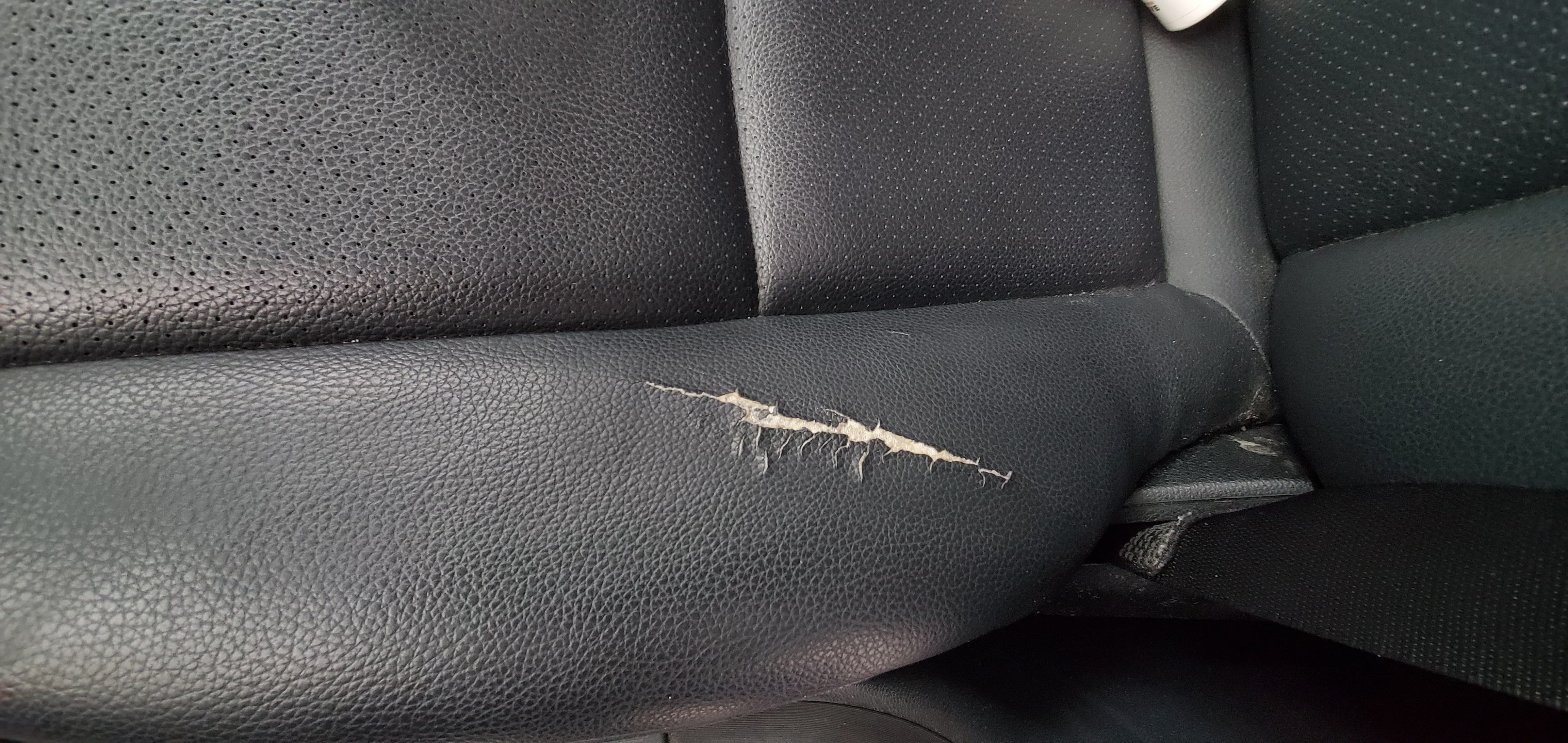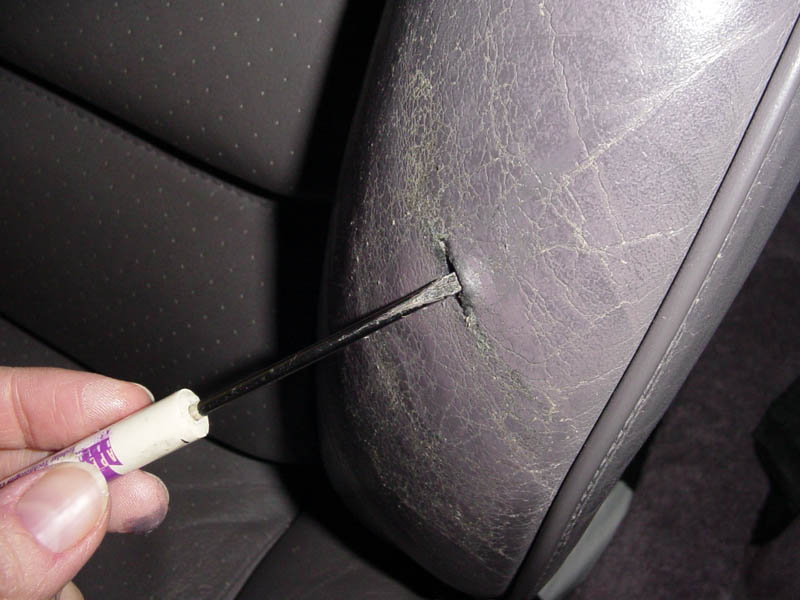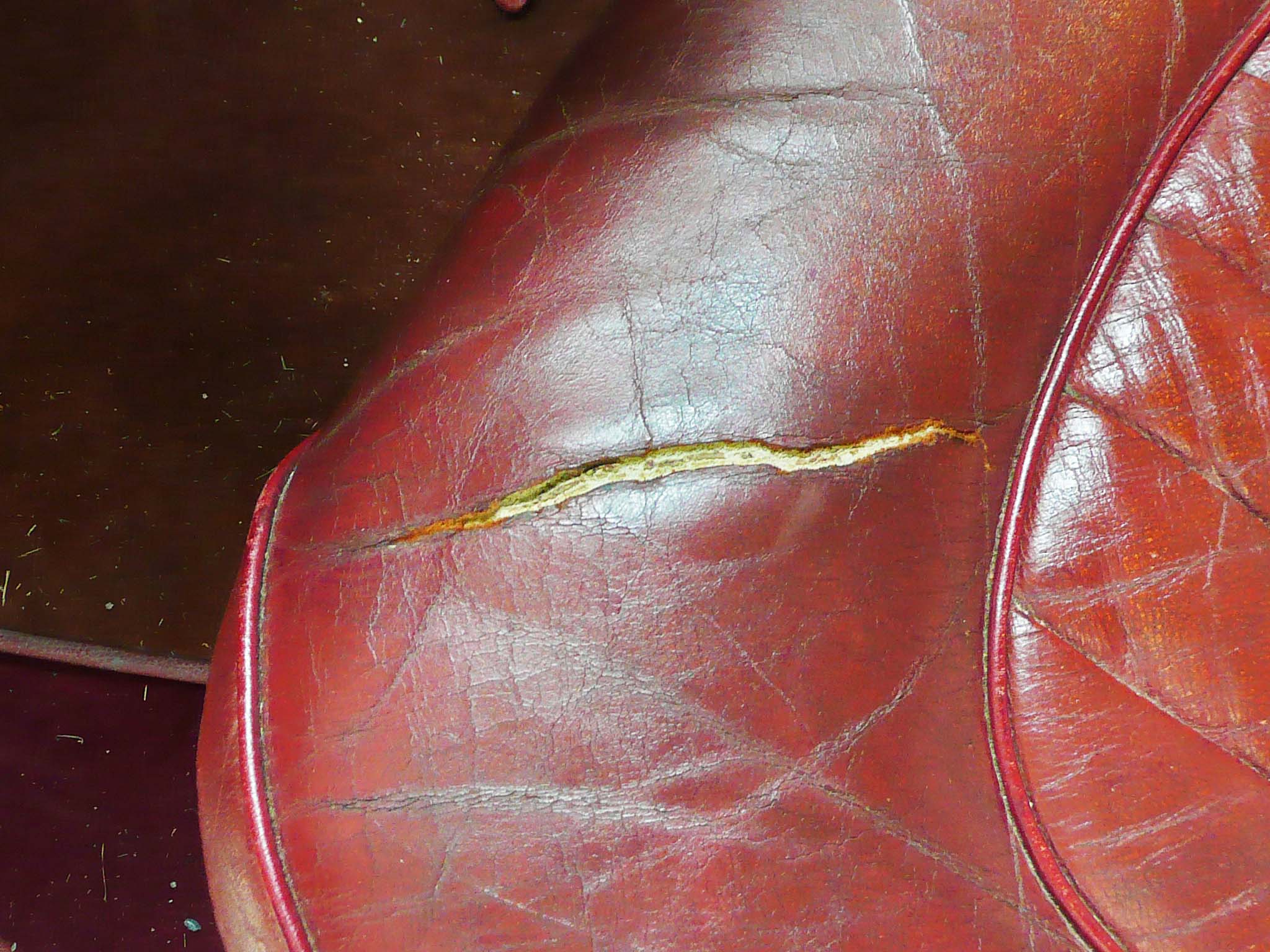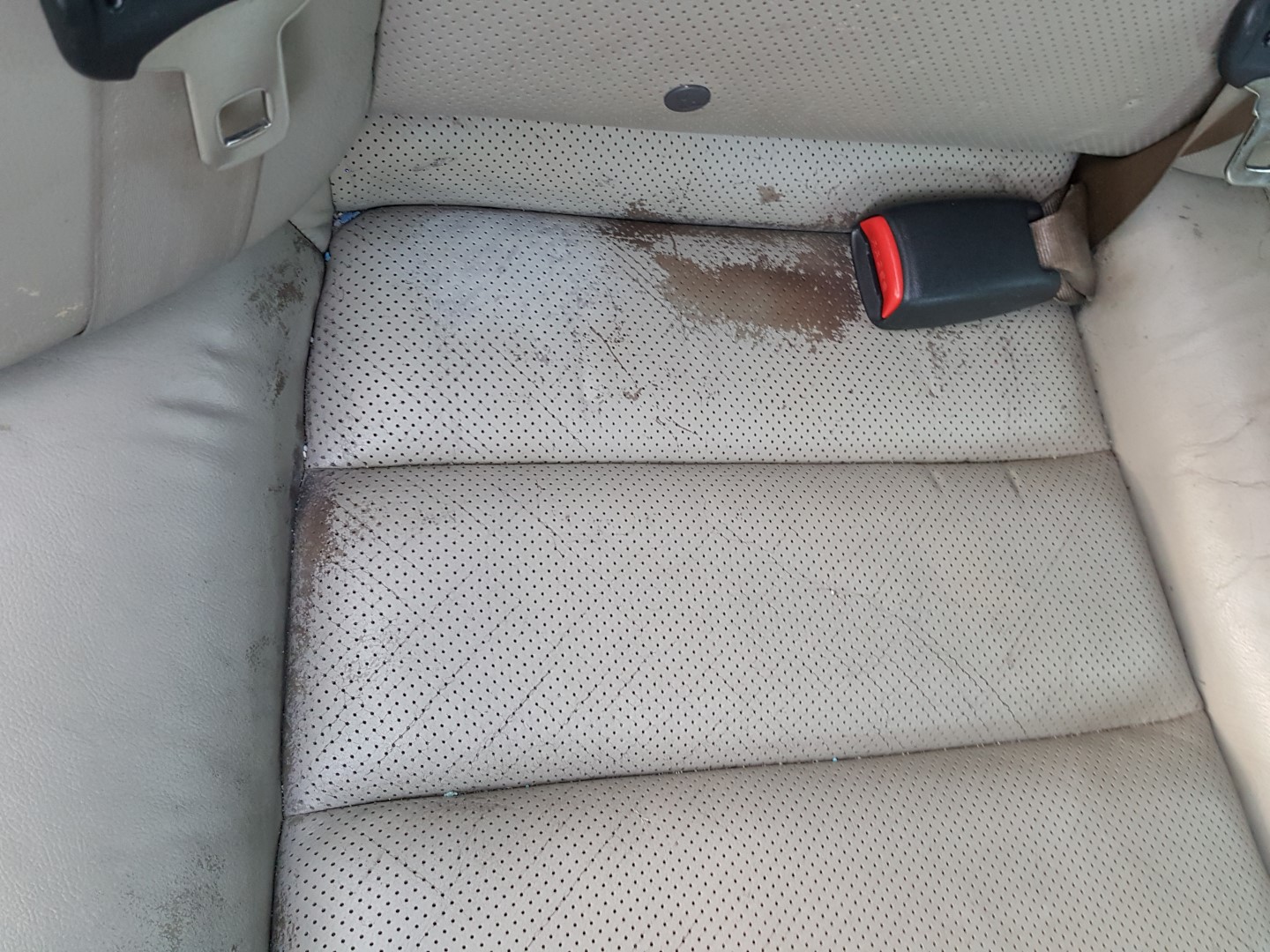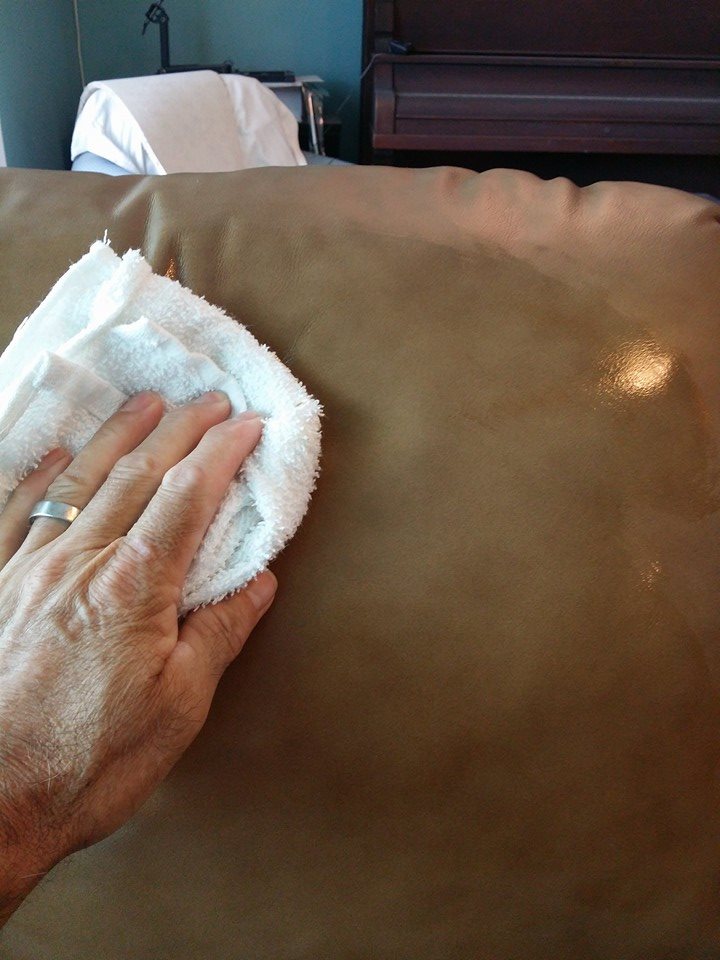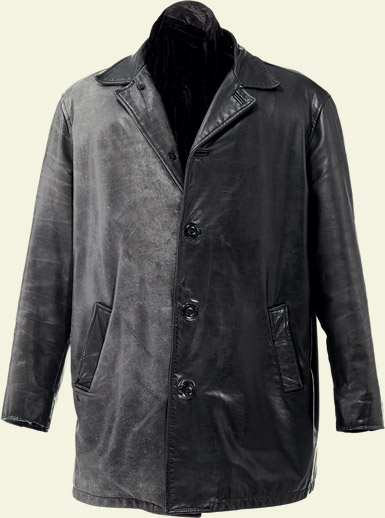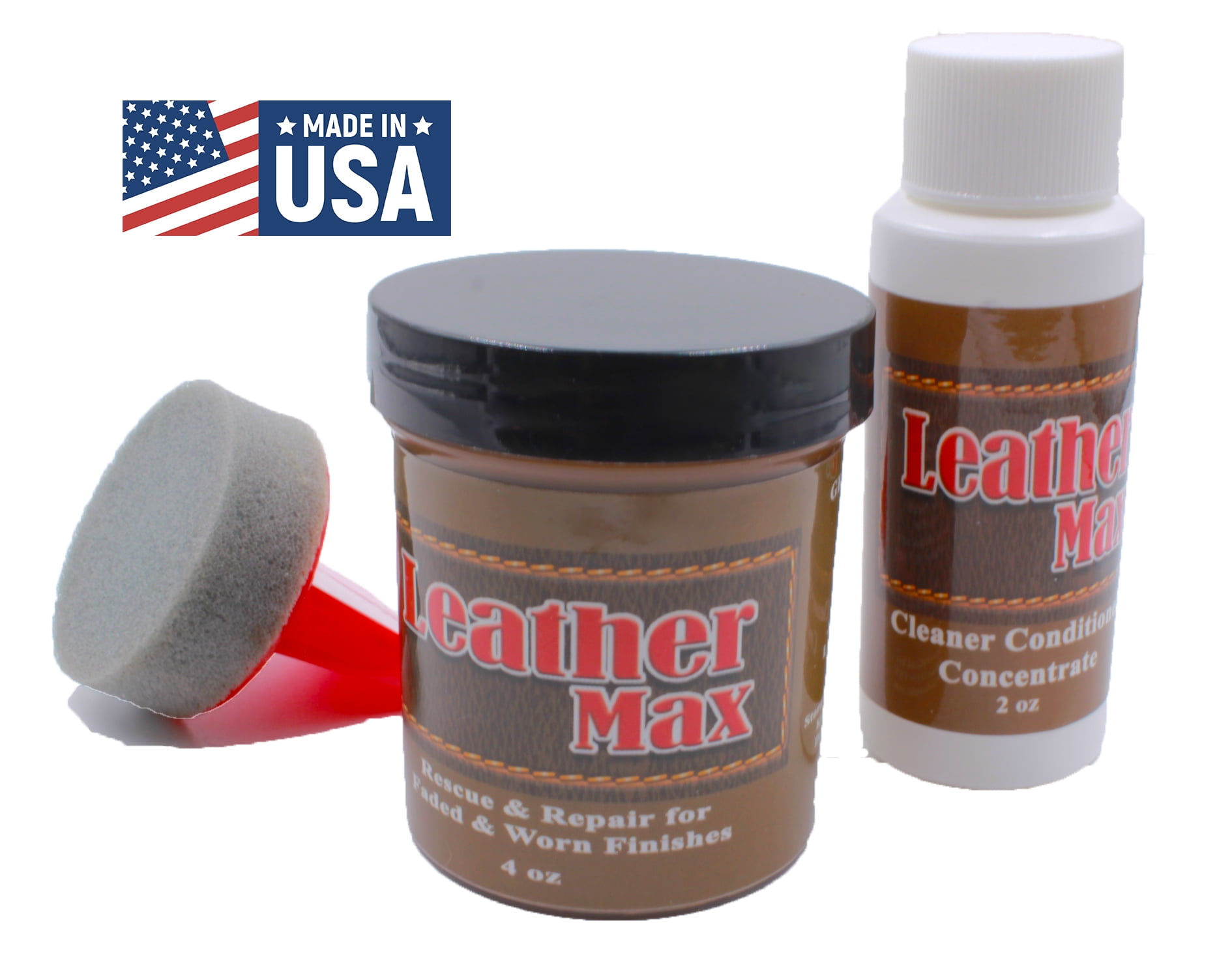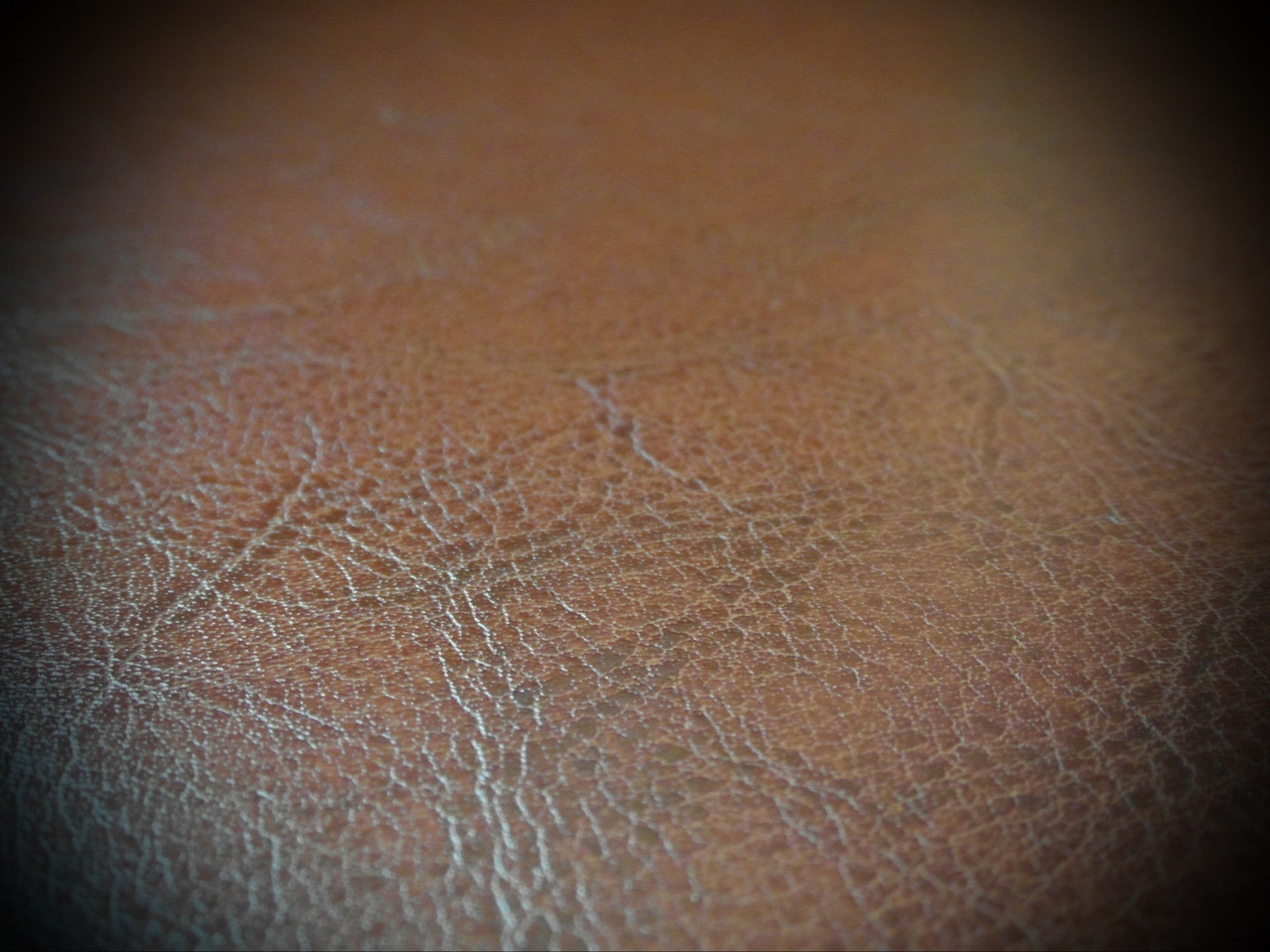A leather sofa is a timeless piece of furniture that can add elegance and sophistication to any living space. However, over time, leather can show signs of wear and tear, such as scratches, tears, and fading. Luckily, with the right techniques, you can restore your leather sofa's beauty and extend its lifespan. In this article, we'll discuss the top 10 ways to repair the surface of your leather sofa.Leather Sofa Repair: How to Restore Your Furniture's Beauty
Before you begin any repairs, it's essential to know the type of leather your sofa is made of. There are different types of leather, such as aniline, semi-aniline, and pigmented leather, and each requires different repair techniques. You can usually find the type of leather on a tag attached to the sofa or by contacting the manufacturer.1. Leather Furniture Repair: Identify the Type of Leather
Regular cleaning and conditioning can help prevent damage to your leather sofa. Use a mild soap or leather cleaner to remove dirt and grime, and then apply a leather conditioner to keep the leather soft and supple. This will help prevent cracks and drying, which can lead to more significant damage.2. Leather Couch Repair: Clean and Condition Regularly
Scratches are a common issue with leather furniture, but they can be easily repaired. For minor scratches, you can use a leather balm or conditioner to buff them out. For deeper scratches, you may need to use a leather repair kit, which includes a filler and color-matching dye.3. Leather Upholstery Repair: Repair Scratches
Tears in leather can be unsightly and can also lead to further damage if left untreated. To repair a tear, you can use a leather repair kit or a patch kit. First, clean the area around the tear, and then use the filler and color-matching dye to repair the tear. If the tear is too large, you may need to use a patch to cover it.4. Leather Restoration: Fix Tears
Over time, leather can fade due to exposure to sunlight and other environmental factors. To restore the color, you can use a leather dye or colorant. First, clean the leather, and then apply the dye in thin, even layers, allowing it to dry between each coat. You can also use a leather conditioner to seal in the color and add shine.5. Leather Refinishing: Restore Faded Color
Accidents happen, and stains on leather can be challenging to remove. If you spill something on your leather sofa, clean it up immediately with a cloth. For tougher stains, you can use a leather stain remover or a mixture of equal parts water and white vinegar. Always test any cleaning solution on a small, inconspicuous area first.6. Leather Scratch Repair: Treat Stains
If you have pets, you may have to deal with scratches or tears from their claws. To repair these types of damages, you can use a leather repair kit or a patch. You can also try using a leather conditioner to help blend in the scratches.7. Leather Tear Repair: Address Pet Damage
Discoloration on leather can be caused by a variety of factors, such as spills, sunlight, or aging. To fix discoloration, you can use a leather colorant or dye to restore the color. Be sure to clean the leather first and apply the colorant in thin layers, allowing it to dry between coats.8. Leather Color Restoration: Fix Discoloration
To prevent cracks from forming, it's essential to keep your leather sofa well-maintained. Regular cleaning and conditioning can help prevent drying and cracking. Also, try to keep your sofa out of direct sunlight, as this can cause the leather to fade and become brittle.9. Leather Crack Repair: Prevent Damage
How to Repair the Surface of a Leather Sofa: A Guide for Homeowners
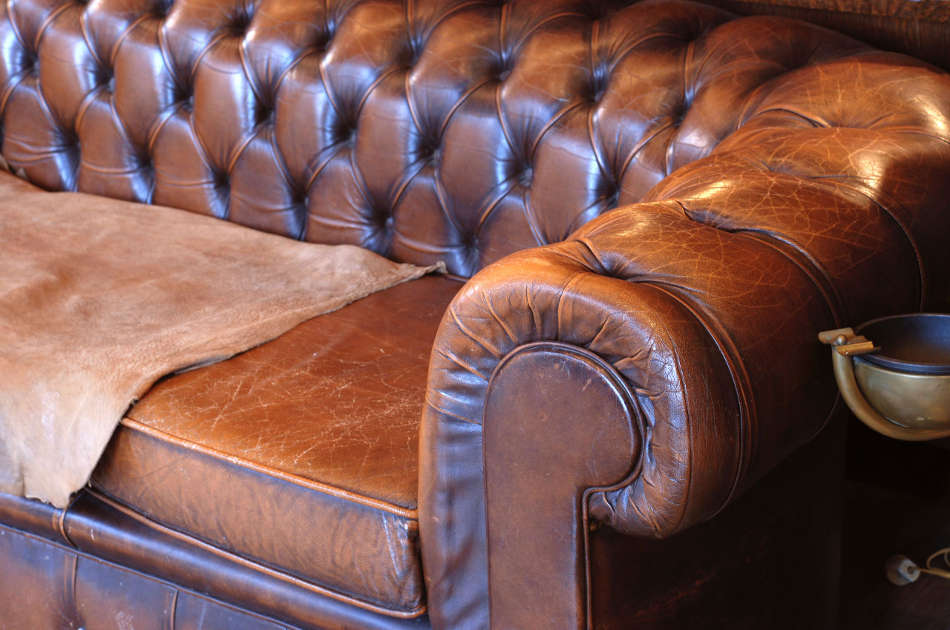
A leather sofa can be a beautiful and luxurious addition to any home. However, with regular use, the surface of the sofa can become worn, scratched or damaged. This can be a cause for concern for homeowners, as leather furniture can be expensive to replace. Fortunately, there are ways to repair the surface of a leather sofa and bring it back to its former glory. In this article, we will discuss the steps you can take to repair the surface of your leather sofa and keep it looking new for years to come.
Assess the Damage

The first step in repairing the surface of your leather sofa is to assess the damage. Take a close look at the surface of the sofa and determine the type and severity of the damage. Is it a minor scratch, a deep cut, or a large stain? This will help you determine the best course of action for repairing the surface.
Clean the Surface
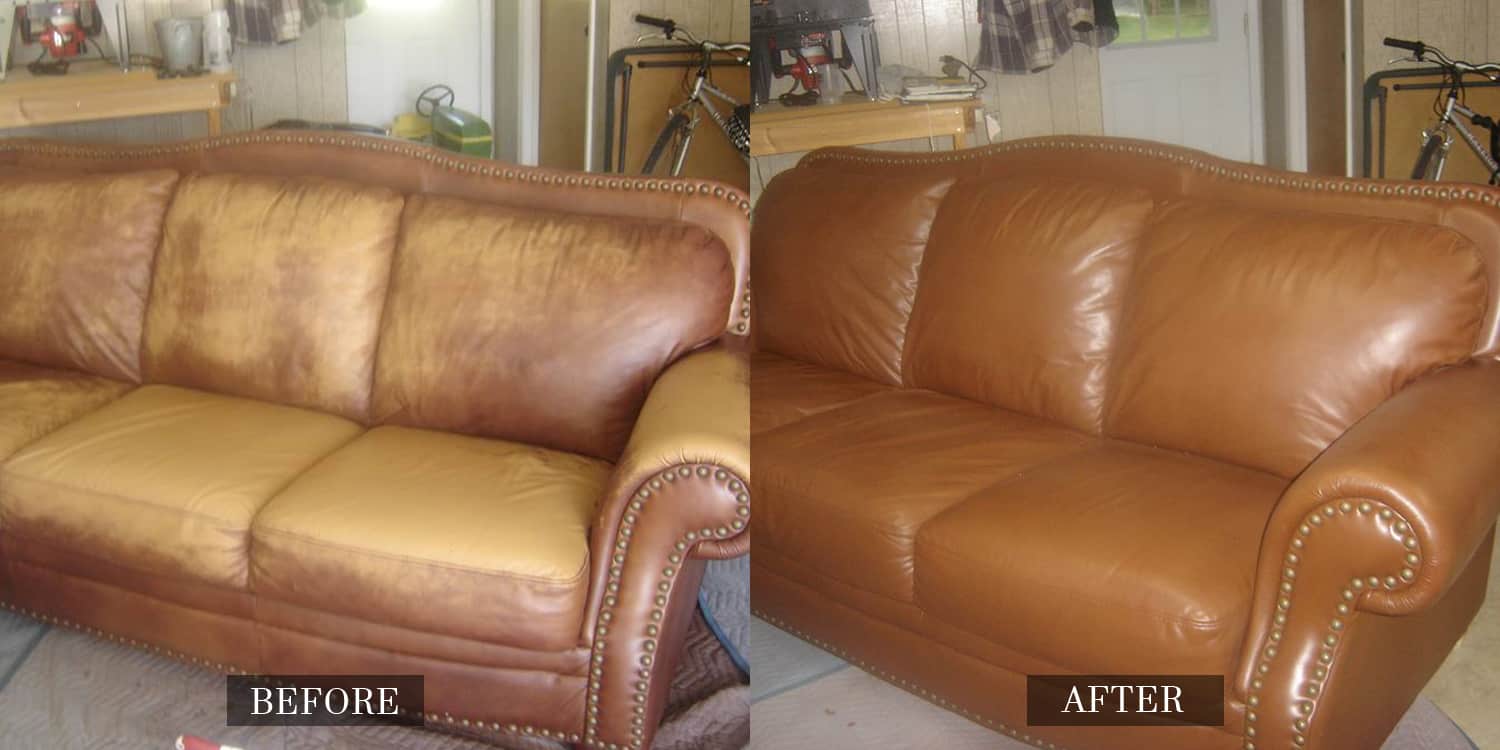
Before attempting any repairs, it is important to clean the surface of the leather sofa. Use a soft, damp cloth to remove any dirt, dust, or debris from the surface. You can also use a leather cleaner specifically designed for furniture. This will ensure that the repair material will adhere properly to the surface.
Use a Leather Repair Kit

For minor scratches and scuffs, a leather repair kit can work wonders. These kits typically come with a variety of colors to match your sofa and instructions on how to repair the damage. Simply apply the repair compound to the affected area and smooth it out with a spatula or your finger. Let it dry and then buff the surface with a soft cloth.
Consider Professional Help
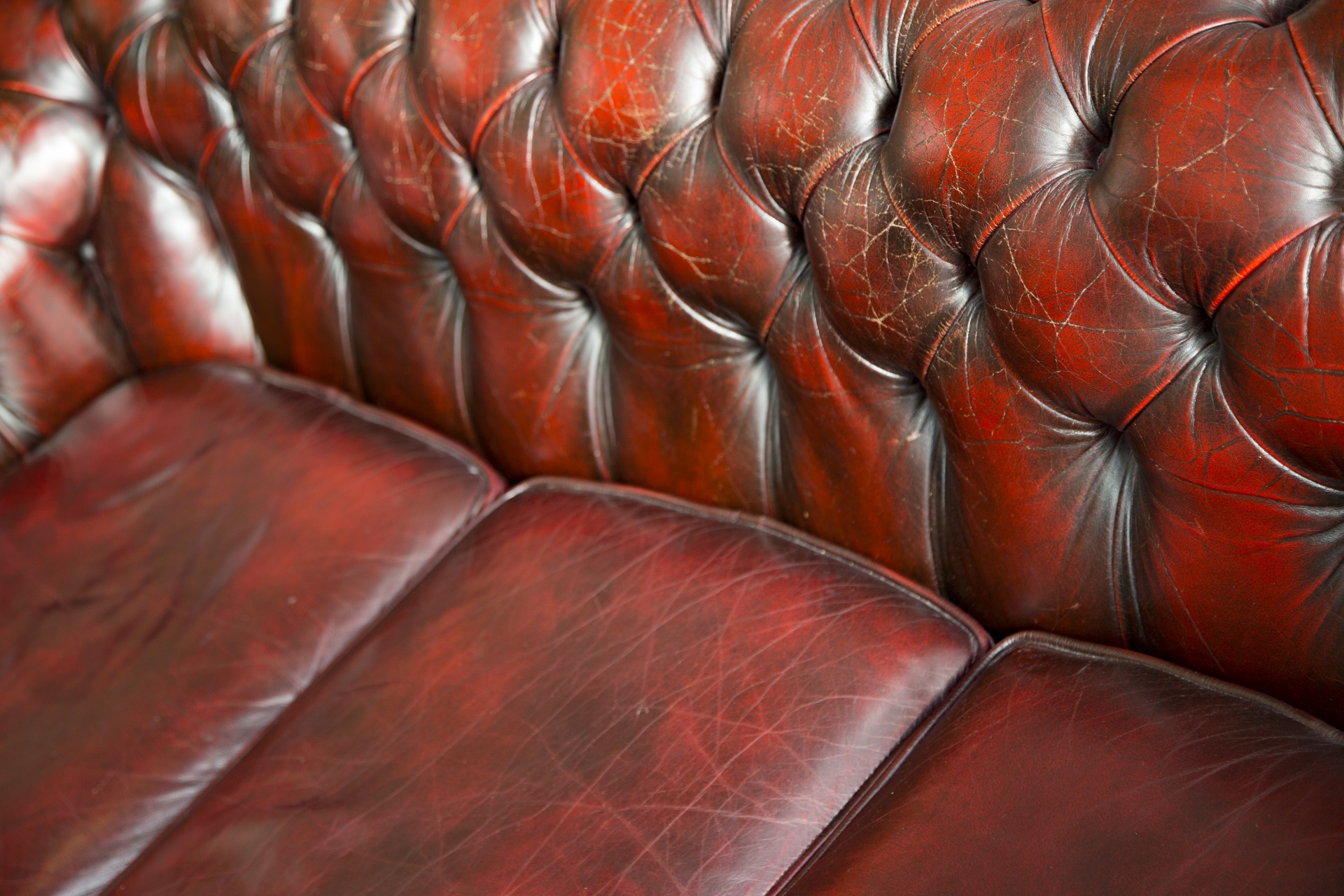
If the damage is severe or you are unsure about attempting the repair yourself, it may be best to seek professional help. A professional leather repair technician will have the expertise and tools to repair the surface of your sofa and make it look like new again. They may also have access to a wider range of leather colors and finishes to ensure a seamless repair.
Prevent Future Damage

Once you have repaired the surface of your leather sofa, it is important to take steps to prevent future damage. This includes not placing sharp objects on the surface, using coasters for drinks, and regularly cleaning and conditioning the leather. By taking care of your leather sofa, you can extend its lifespan and keep it looking beautiful for years to come.
In conclusion, repairing the surface of a leather sofa is a simple process that can be done at home with the right tools and techniques. By following these steps, you can repair minor damage and maintain the beauty and longevity of your leather sofa. Remember to always assess the damage, clean the surface, and consider professional help if needed. With proper care, your leather sofa will continue to be a stylish and comfortable addition to your home.





